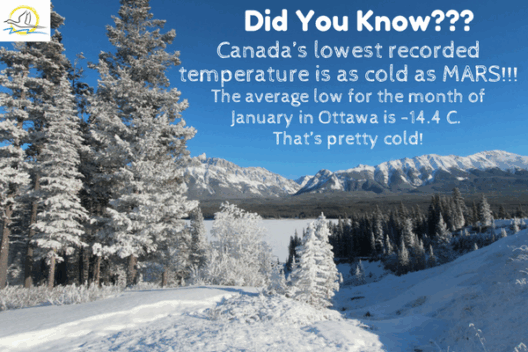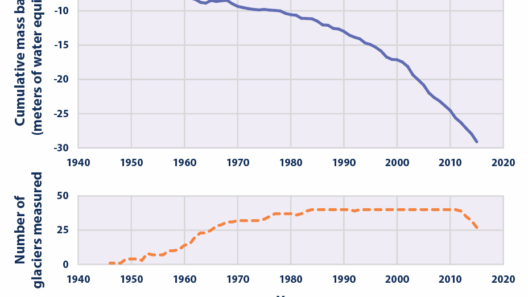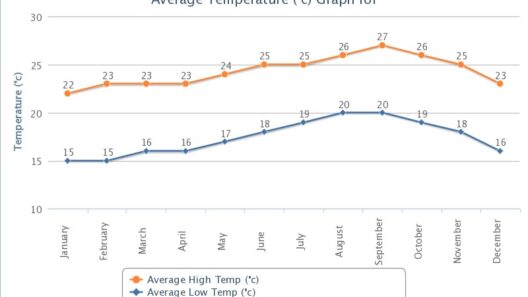As the planet continues to warm, the ramifications of climate change are becoming more evident, particularly in the realm of extreme weather phenomena. The frequency, intensity, and duration of storms are on the rise, creating a need for a deeper understanding of how global warming influences these dynamic atmospheric events. The interplay of increased greenhouse gas emissions, rising temperatures, and shifting weather patterns is leading to undeniably stormier days ahead.
To contextualize the relationship between climate change and extreme weather, it is essential to comprehend the fundamental mechanics of our atmosphere. Air temperature is a crucial factor in determining weather patterns. With increased temperatures, the atmosphere holds more moisture—an effect perfectly illustrated by the Clausius-Clapeyron equation. This basic thermodynamic principle signifies that for every degree Celsius increase in temperature, the air can hold approximately 7% more moisture. Consequently, tropical storms, hurricanes, and heavy rainfall events become more potent as warmer air enhances their capacity to gather humidity.
Moreover, studies indicate that ocean warming plays a critical role in fueling these tempestuous storms. Oceans act as vast reservoirs of heat, significantly impacting weather systems. Warmer sea surface temperatures enhance the energy available for storm development. For instance, when looking at hurricanes, warmer waters have demonstrated an ability to intensify these storms, resulting in more destructive outcomes. The 2020 Atlantic hurricane season was a stark example, with several storms rapidly intensifying due to abnormally warm ocean conditions.
In addition to amplifying moisture levels, global warming also affects atmospheric circulation patterns, which can lead to both increased storm activity and alterations in the typical pathways of these weather events. The polar jet stream, a band of fast-moving air currents in the upper atmosphere, has shown significant shifts due to climate change. These alterations can result in longer-lasting weather patterns—anomalies that can lead to prolonged droughts in some regions while simultaneously inducing anomalous rainfall in others. Such erratic behavior of the jet stream can result in exceedingly unpredictable and extreme weather events.
Furthermore, intense precipitation events are becoming increasingly common. These downpours can overwhelm drainage systems and lead to urban flooding, a direct consequence of our climate’s evolving dynamics. Research has demonstrated that heavy rainstorms are occurring more frequently, with events classified as “100-year storms” occurring with alarming regularity. This trend is not merely a statistical anomaly but a clear indicator of the risks posed by climate change.
As the storms become more ferocious, other interconnected factors emerge. For instance, the higher frequency of storms saturates soil, making it less able to absorb subsequent rainfall, leading to increased runoff and, subsequently, flooding. The interrelationship of these elements suggests that climate change is not only a singular event but a catalyst that creates cascading effects through natural systems.
Beyond precipitation and storm intensity, lightning strikes offer another intriguing facet of changing weather patterns. Research suggests that as temperatures rise, the frequency of lightning strikes may also increase, predominantly in locations already susceptible to thunderstorm activity. This surge can have dire consequences—augmenting wildfire risks and jeopardizing human safety. Countries that experience regular thunderstorms need to be proactive in addressing the implications of these revelations.
With the undeniable connection established between global warming and storm dynamics, it is pertinent to explore how these changes impact communities and ecosystems. Coastal areas are especially vulnerable to rising sea levels and severe storm surges. The compounded effects of both climate change and stormy weather threaten infrastructure, jeopardizing lives, livelihoods, and local economies. Low-lying areas face the prospect of erosion and displacement, a phenomenon referred to as “climate migration.” This issue poses a dire necessity for communities to strategize and adapt to these unyielding changes.
The economic repercussions also merit serious attention. Extreme weather events wreak havoc on local and national economies, necessitating costly disaster response measures. Insurance industries grapple with increasing payouts as natural disasters become more frequent and devastating. This evolving economy demands that both policymakers and individuals recognize the long-term sustainability challenges posed by climate-driven weather patterns.
Moreover, addressing these climatic changes requires concerted global action. Mitigation efforts, such as reducing greenhouse gas emissions and developing renewable energy sources, must take precedence to combat the root causes of global warming. However, adaptation strategies are equally vital. Communities must cultivate resilient infrastructure, invest in stormwater management systems, and enhance emergency preparedness plans to curtail the impacts associated with severe storms.
In conclusion, the looming specter of stormier days ahead serves as a clarion call for immediate action. The complex interplay between global warming and extreme weather underscores the urgent need to reassess our environmental policies and practices. As researchers continue to unravel the intricacies of how climate change shapes storm dynamics, the imperative remains for individuals, communities, governments, and organizations to actively engage in sustainable practices that aim to mitigate adverse outcomes. The consequences of inaction are profound, not only jeopardizing our present but also endangering future generations. In facing these challenges, we emphasize the collective responsibility required to forge a more sustainable and resilient world.




